When on 3 April, 1879 the Constituent Assembly unanimously chose Sofia to be capital of the Principality of Bulgaria, the town had, all in all, 2 schools, 10 inns, just over 3,000 houses, and inhabitants numbering around 11,700. Czech historian Konstantin Jirecek, who had arrived in Sofia that same year describes it as: “Streets twisting around low houses made of wood or clay. Oriental stores, mud all around, enormous puddles. A newborn El Dorado of the East, beckoning to many an adventurer from the East and from the West.”
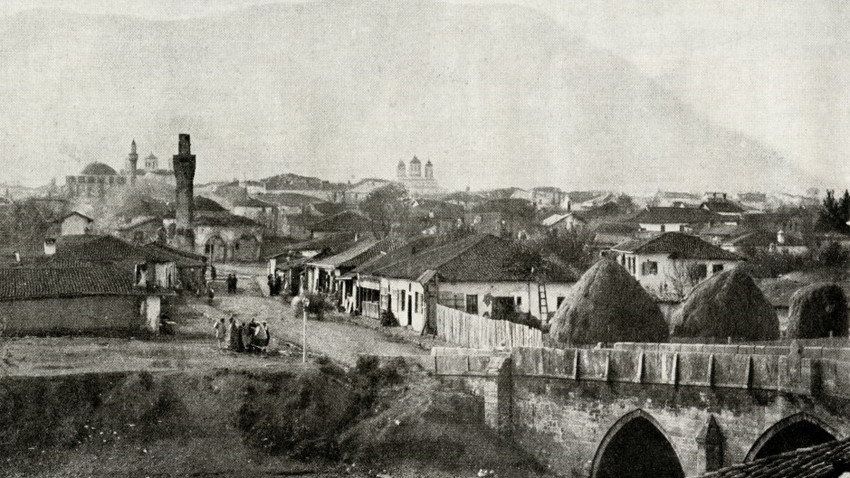
But the newly liberated country was much more than a place for adventurers to explore. Next to the list of achievements in the sphere of education, science, culture, urban planning, stand the names of dozens of intelligent young people who came to Bulgaria at the close of the 19th and the start of the 20th century, most of them being Czech.
An intriguing book about the Czech contribution to Bulgaria’s cultural and historical heritage tells the story of one of these people, the man who was commissioned to develop the first urban development plan of the city. The book’s author, architect Valentina Vurbanova:
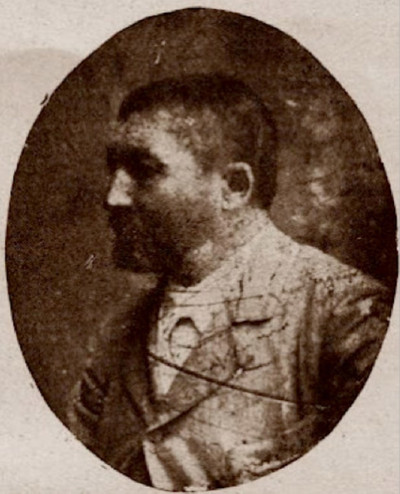 “His name is Antonin Kolar. He came to Bulgaria right after the country’s liberation in 1878, though before that he lived in Bucharest for a year, and there he met and worked with another Czech - Jiří Prošek – who also chose to come and work in Bulgaria, making an outstanding contribution to the country’s development in the years following Bulgaria’s liberation. Kolar was a highly qualified cosmopolitan, a man of wide learning. He was just 18 when he took part in an uprising in Poland, he then studied in Prague, worked in Belgrade and went to university in Vienna and Paris. It was probably to a great extent thanks to Prošek that Kolar was appointed Sofia’s city architect. He had an arduous task to perform – tear down the old buildings and build new streets. Though he was the man who started the city’s first urban development plan, it was only adopted later, in 1881, and by another city architect – Amadei. Kolar on his part was appointed gubernatorial architect, a position higher up in the hierarchy. The then Russian provisional administration was appreciative of Kolar’s accomplishments. He is the author of the first building of the central railway station, whose original blueprints are on display at an exhibition dedicated to the 140th anniversary of his appointment to the post of first architect of Sofia. For 21 years Antonin Kolar devoted his efforts to the prosperity of Sofia, designing many of the city’s most important buildings.”
“His name is Antonin Kolar. He came to Bulgaria right after the country’s liberation in 1878, though before that he lived in Bucharest for a year, and there he met and worked with another Czech - Jiří Prošek – who also chose to come and work in Bulgaria, making an outstanding contribution to the country’s development in the years following Bulgaria’s liberation. Kolar was a highly qualified cosmopolitan, a man of wide learning. He was just 18 when he took part in an uprising in Poland, he then studied in Prague, worked in Belgrade and went to university in Vienna and Paris. It was probably to a great extent thanks to Prošek that Kolar was appointed Sofia’s city architect. He had an arduous task to perform – tear down the old buildings and build new streets. Though he was the man who started the city’s first urban development plan, it was only adopted later, in 1881, and by another city architect – Amadei. Kolar on his part was appointed gubernatorial architect, a position higher up in the hierarchy. The then Russian provisional administration was appreciative of Kolar’s accomplishments. He is the author of the first building of the central railway station, whose original blueprints are on display at an exhibition dedicated to the 140th anniversary of his appointment to the post of first architect of Sofia. For 21 years Antonin Kolar devoted his efforts to the prosperity of Sofia, designing many of the city’s most important buildings.”
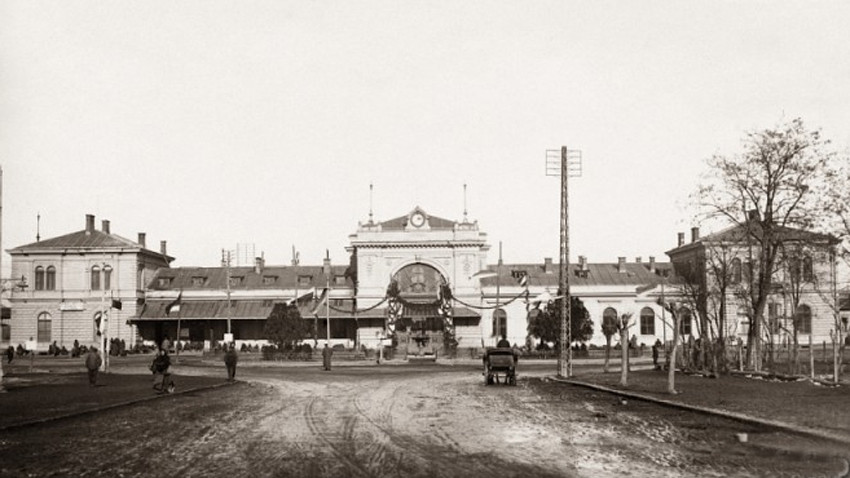
Architect Kolar’s arrival in Sofia in 1878 marks the start of modern town planning. But he also designed a great many of the city’s emblematic spaces and buildings, like the Central Railway Station, the City Gardens, the monument to Vassil Levski, the Ministry of War and the Officers’ Club, the Military Academy and many more.
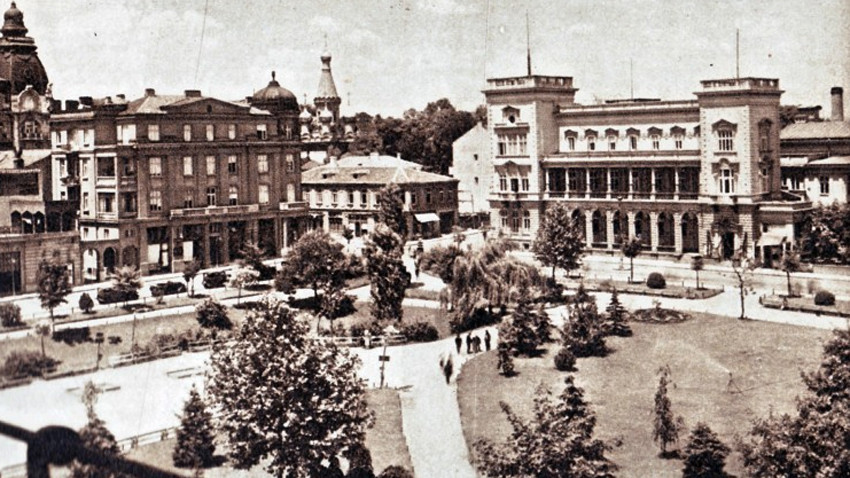
One of the first commissions he took was to build the most modern hotel in this part of Europe – Grand Hotel Bulgaria. Located right next to the royal palace, it took three years to build – from 1882 to 1885. Many politicians and officers, diplomats, journalists and musicians, renowned writers and actors stayed at the hotel. Next to it was Bulgaria café, again designed by Kolar. Up until World War I it was the capital city’s cultural and social hub. The voices of the intellectuals and public figures who frequented it were heeded by royal councilors and the political class alike.
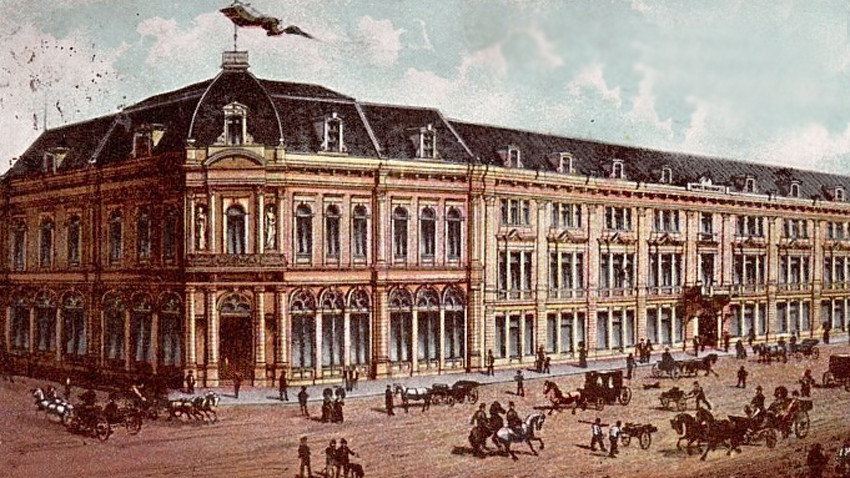
Tracing the life and work of Sofia’s first architect we can see that in no more than 2-3 decades, Sofia blossomed from a backward hamlet of the Ottoman Empire into a European city. This is what makes the exhibition mounted at the Regional Museum of History, at the initiative of the Bulgarian Development Bank, so fascinating. Another interesting fact is that its building is the building of what was once the Grand Hotel Sofia, restored and turned into a modern building with all the respect due to the work of the architect, and the preservation of the city’s cultural heritage.
The exposition is on until 3 October.
English version: Milena Daynova
Photos: stara-sofia.comOne of the three biggest Hebrew holidays, Pesach (Passover) starts at sundown (5 PM) on 22 April and ends on 30 April. It is a movable feast, falling after the 14 th day of the spring month of Nisan which starts after the spring equinox with the..
The founder of the Internal Revolutionary Organisation for the Liberation of Bulgaria, Vasil Levski, was the first to involve foreigners in the liberation movement when he set up revolutionary committees in the Bulgarian provinces. The first foreign..
"Man does not know the way to heaven, but the horse does," says an ancient Thracian proverb. That is why the Thracian kings were necessarily sent to the afterlife together with their horses. Because of the numerous burial mounds of rulers from the..
One of the three biggest Hebrew holidays, Pesach (Passover) starts at sundown (5 PM) on 22 April and ends on 30 April. It is a movable feast, falling..
The founder of the Internal Revolutionary Organisation for the Liberation of Bulgaria, Vasil Levski, was the first to involve foreigners in the liberation..

+359 2 9336 661
